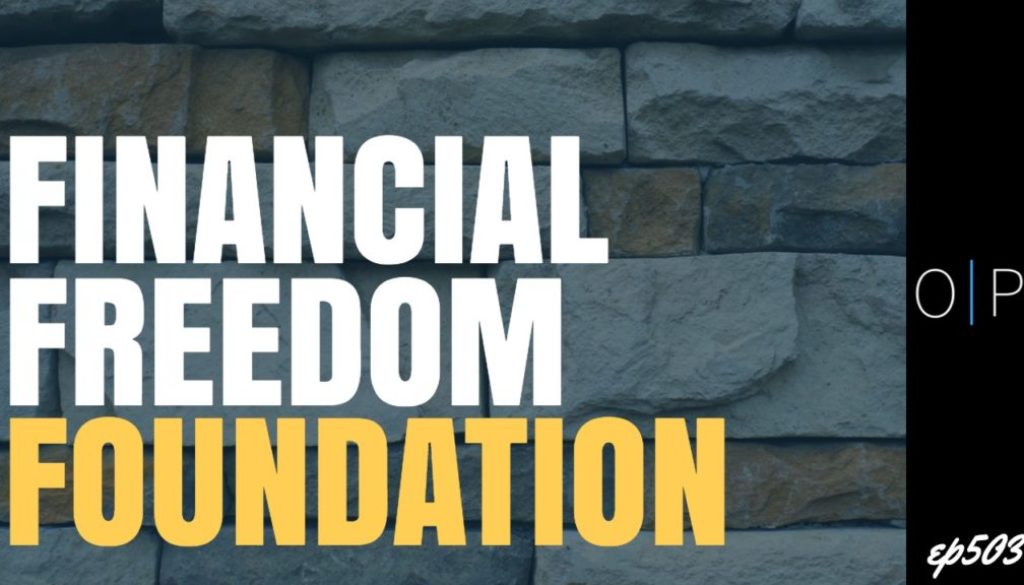
A quarter (25%) of respondents said they were unsure if they’d move out of their city if they had children, and 19% said they were unsure if they’d move out of their current home. These numbers may be even greater if children actually came into the equation. More than one-third (36%) of DINK respondents said they would move out of their current house or apartment if they were to have children, while roughly 25% of DINKs said they would move out of their current city or town. Massachusetts and Connecticut rank as the states with the highest child care costs, while expenses are more affordable in the Southern states of Mississippi, Alabama and Arkansas.įor many DINKs, having children would require moving to a new home and possibly even a new city. Unsurprisingly, child care costs are most expensive in states where the cost of living is higher. Using data from the Economic Policy Institute (EPI), we compared the average cost of child care for a 4-year-old across states. varies dramatically according to where you live. Additionally, 15% and 12% of DINKs are concerned about consumer and student loan debts, respectively.Īs for non-financially motivated contributors, 17% of DINKs cited worries about climate change, and 13% said they didn’t think current laws would provide children safety. While 26% of respondents said they can’t financially support a child right now, even more DINKs (32%) said that high cost of living is a contributing factor. Being worried about an economic recession: 22%.Below are some of the cited contributing factors for not having children and the percentage of respondents who chose the answer. When asked what contributes to their decision to not have children, most DINKs surveyed cite financial factors over non-financial ones. Financial Motivations For Not Having Children The study estimated it would cost a middle-income, married couple $310,605 to raise a child born in 2015 to age 17 assuming a 4% inflation rate, leaving many couples - even with two household earners - feeling financially unprepared. The estimated cost per child has increased $26,011 since 2020 alone, currently sitting at over $300,000, according to a recent study by Brookings. While the majority of couples (33%) said they’re enjoying the financial freedom of not supporting a child, roughly a quarter (26%) of them said they’re unable to financially support a child right now. The chart below gives a greater look into how DINKs in different generations spend their discretionary income.Īnother noteworthy statistic about discretionary spending: 13% of DINKs said they don’t anticipate having any leftover money to spend on themselves, even without having kids.Īs mentioned, two of the top three reasons for not having children are financially motivated. Pets came in a close third at 47%, but only 38% of Gen Z respondents said they’d put discretionary income toward investing. Gen Z’s top spending category was travel (59%) followed by hobbies (51%). While travel and hobbies remain in the top two areas of spending across Gen Z, millennial and baby boomer respondents, additional answers varied when filtering by generation. Gen Z DINKs Choose Pets and Shopping Over Investing Notably, 13% of DINKs said they don’t anticipate having any discretionary income. In fact, DINK couples across all generations (Generation Z, millennials, Generation X and baby boomers) listed travel as the top spending category for their discretionary income.Īcross all survey respondents, the second-most-popular answer was hobbies (41%), and the third was a tie between investing and pets (37% each). Nearly half (48%) of surveyed respondents said they would spend their discretionary income on travel. Check out our findings below and review our Methodology section to learn how we gathered our data.įor many DINKs, financial freedom also means having the freedom to see the world. Interestingly, among our sample, 51% said they don’t ever want children, while 25% said they want to have children soon and 23% said they may want to have them in the future. We surveyed close to 600 DINKs nationwide to get a better understanding of their lifestyle and financial decisions. If couples are not having children or are waiting to have children, how are they spending their money instead? For nearly half of our survey respondents, it’s traveling. With this increase, the MarketWatch Guides team dug into the role that finances play in the decision to not have children.

The idea has become so common that the term “DINK” - double income, no kids - has emerged, often in regards to marketing and sales. households were childless, a 7% increase from 2012. More and more American couples are choosing not to have children or choosing to have them later in life, according to Census data.


 0 kommentar(er)
0 kommentar(er)
